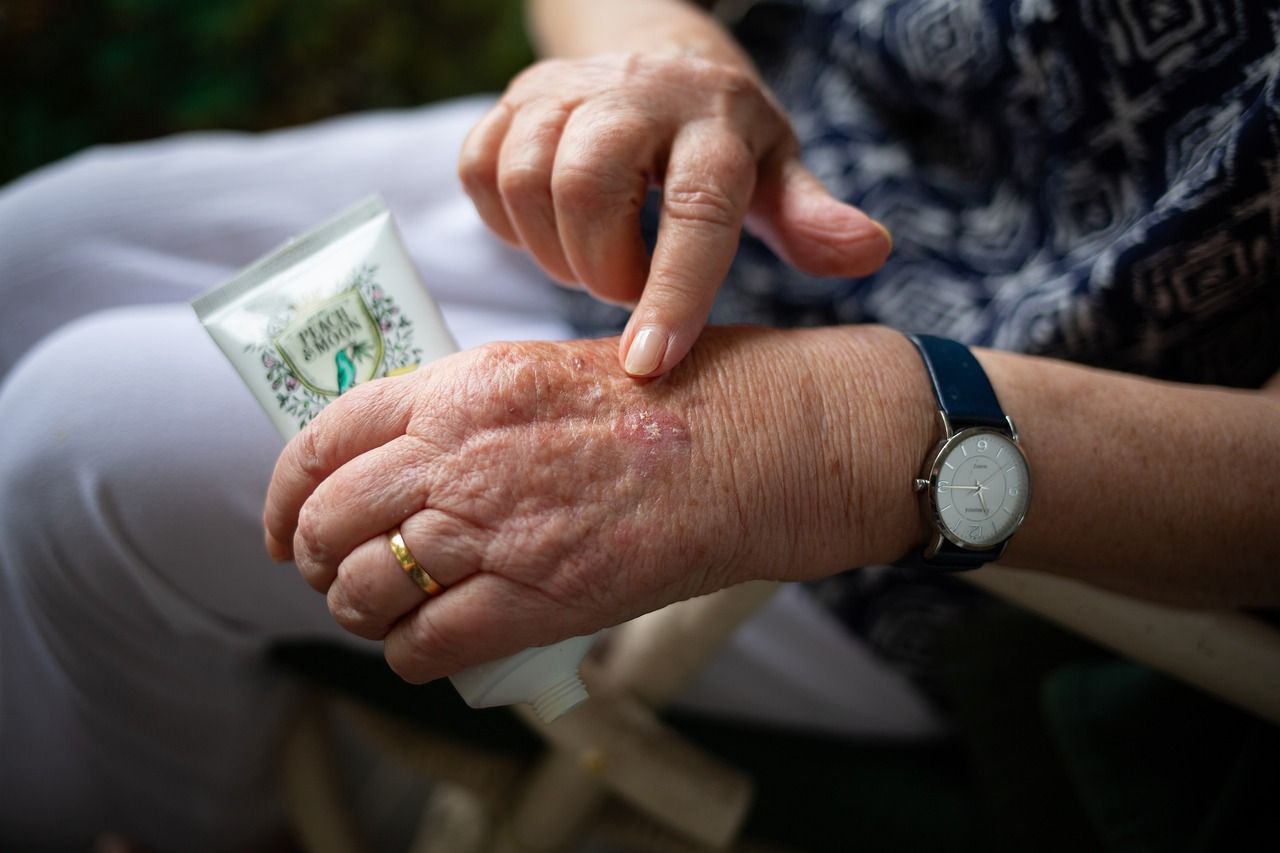Patients with Psoriatic Arthritis Report Greater Impact on Life than Rheumatoid Arthritis Patients
An analysis of patient-reported outcomes data from more than 15,000 people with rheumatic disease sheds light on the apparent differences in impact on quality of life between psoriatic arthritis and rheumatoid arthritis.
Credit: PeachMoon (Pixabay)

An analysis of patients from the Finnish Rheumatology Quality Register details the unique impact of disease burden associated with psoriatic arthritis (PsA) and rheumatoid arthritis (RA).
Although both are associated with a significant impact on quality of life, results of the study, which included data from more than 17,000 patients, suggest the disease burden of PsA may be greater than the disease burden imposed by RA, particularly among women.
“Our data suggest that the subjective disease burden was slightly higher in PsA, compared to RA. Especially, women with PsA reported higher values for pain and fatigue than women with RA in all age groups,” wrote investigators.
A pair of conditions characterized by their detrimental impact on quality of life for patients, patient-reported outcomes have proven invaluable in quantifying the impact of disease activity in these patient populations. In the current study, Lauri Weman, MD, of the University of Eastern Finland, and a team of investigators sought to offer clinicians with insight into the impact of disease on the health status and quality of life among patients with PsA relative to their counterparts with RA.
With this in mind, investigators designed their study as a cross-sectional analysis of data from the Finnish Rheumatology Quality Register for the time period lasting from 2020-2021. From the register, investigators identified 3598 adult patients with PsA and 13,913 adult patients with RA who received treatment at an outpatient clinic or remote visit between January 1, 2020, and September 30, 2021.
The 3598 adults with PsA had a mean age of 54 (SD, 14) years, a median disease duration of 7 (2-15) years, 51% were female, and 83% were on a disease-modifying antirheumatic drug. The 13,913 adults with RA had a mean age of 62 (SD, 14) years, a median disease duration of 9 (3-20) years, 72% were female, and 86% were on a disease-modifying antirheumatic drug.
The primary outcomes of interest for the study were the differences between groups in visual analogue scale (VAS)-values of pain, fatigue, and patient global assessment (PGA),Stanford Health Assessment Questionnaire (HAQ), and disease activity. Of note, the VAS requires patients to self-assess pain, fatigue, and patient’s global assessment on a scale of 0-100 mm, with 0 for no symptoms and 100 for maximal discomfort. For the purpose of analysis, patients were divided into subgroups based on sex and by age.
Upon analysis, results indicated the overall median values for pain were 29 (10, 56) for PsA and 26 (10, 51) for RA, 29 (9-60) and 28 (8, 54) for fatigue, 28 (10, 52) and 29 (11, 51) for PGA, 0.4 (0, 0.9) and 0.5 (0, 1.0) for HAQ (P < .001 for all comparisons; adjusted for sex and age). Further analysis indicatedpain, fatigue, PGA and HAQ scores were higher for PsA relative to RA in most age groups for males and females and all patient-reported outcomes were higher in older patients with both diagnoses. Investigators pointed out the median values for DAS28, doctor global assessment, ESR and CRP were 1.9 and 2.0, 8 and 8, 7 and 8, and 2 and 3 in PsA and RA, respectively.
“More specific questionnaires might have been valuable to analyze similarities or differences in fatigue. However, our data reflects everyday clinical work, where feasibility to use and clinical value in decision making are the criteria for PROs,” investigators added.
References:
- Weman L, Salo H, Kuusalo L, et al. Disease burden measured by patient-reported outcomes: does psoriatic arthritis feel worse than rheumatoid arthritis? A cross-sectional nationwide study [published online ahead of print, 2023 May 15]. Clin Exp Rheumatol. 2023; 10.55563/clinexprheumatol/h9hn90. doi:10.55563/clinexprheumatol/h9hn90
- Pine L. Patient-reported outcomes become more involved in treating, managing rheumatic diseases in 2022. HCP Live. December 21, 2022. Accessed May 19, 2023. https://www.hcplive.com/view/patient-reported-outcomes-become-more-involved-in-treating-managing-rheumatic-diseases-in-2022.